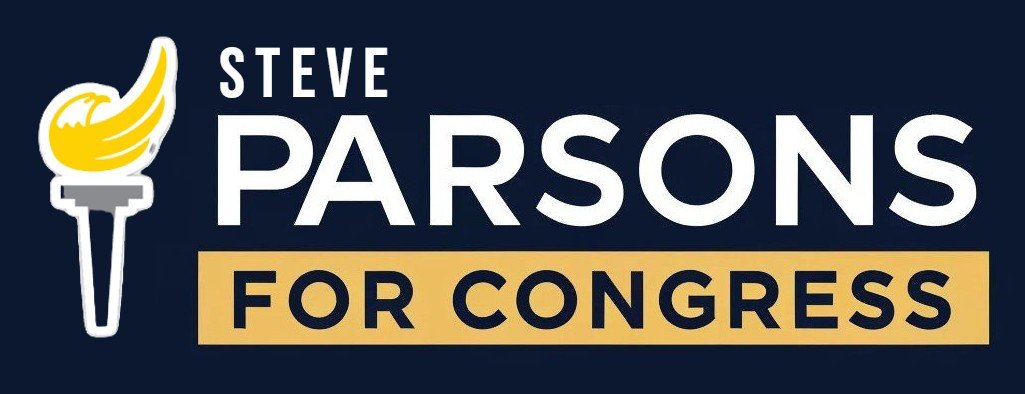Congress Has an Ethical Obligation to Work Harder to Minimize Cutting Social Security Retirement Benefits.
by Steve G. Parsons, Ph.D.
With a federal debt of over $34.6 trillion, cutting federal spending is critical. However, as a practical and ethical matter spending on some federal programs should not be reduced as much as on others. The federal government cannot default on its debts (primarily government bonds and notes) nor should it renege on veterans benefits that were in place when a veteran volunteered. The old age and survivor insurance (OASI) portion of the social security is a program for which ethics also demands Congress work harder to minimize cutting these benefits. To help explain this ethical obligation, let me start with the history of social security.
History. In the early 1930s unemployment skyrocketed from 2.21% in January 1930 to over 25% during 1933. Unemployment Rate for United States (M0892AUSM156SNBR) | FRED | St. Louis Fed (stlouisfed.org) President Franklin Delano Rosevelt (FDR) proposed the Social Security Act of 1935; the 29-page act was passed in August 1935. FDR initially claimed that the program would be voluntary with a 1% tax on employees and employers. One section of the act required a “trust fund”.
Over time the Act ballooned in every dimension. Today the amended Act is over 2500 pages with Social Security tax rate of 6.2% and 1.45% for Medicare with taxes on both employees and employers (i.e., combined 15.3%). For decades there has not been a meaningful trust fund – rather the federal government has simply raided any surplus.
Social Security is an Abysmal Failure. Social Security in the U.S. has been an abysmal failure and perhaps the worst federal program in history. It was based on a pyramid scheme, misrepresentations and mismanagement. Many scholars believe the act was unconstitutional. Indeed, the 10th Amendment Center states … “the federal government operates two of the biggest scams that have deceived Americans for decades: Social Security and Medicare.” The Social Security and Medicare Scams | Tenth Amendment Center
Consider the failed pyramid scheme of Social Security. “When the program began paying out old-age benefits in 1940, there were 159.2 taxpayers for every recipient.” Speech on Social Security | Teaching American History However, by 2020 that number had fallen to 2.7 and is projected to fall further over time. Similarly, in 1945 when the retirement age was pegged at 65 the average life expectancy was only 62. The Debt Crisis is Here (pgpf.org) Pre-covid, in 2019, the life expectancy was 78.8 years.
Part of the government’s response to these trends was to increase the maximum earnings subject to social security tax over time, nearly quadrupling in just one decade alone. Prior to 1984 social security benefits were not taxed. But in 1984 up to 85 percent of benefits became taxable if your income is more than $34,000 (individual) or $44,000 (couple). These dollar amounts determined in 1984 have not changed in the last 40 years. Historical Income Tables: Households (census.gov)
How has paying into social security been as an investment? Terrible. If you had been given the chance to invest $5,670 times 2 (since your employer was also was taxed) in 1984 in the S&P 500 you would have over $120,000 in 2023 (just for that one year’s investment).
Moreover, a dollar earned in 1984 or 1972 (for someone turning age 70 in 2024) is valued the same by the SSA as a dollar in 2023 in calculating benefits. This is, of course, ludicrous and inconsistent with the real world.
Sadly, there is a tremendous amount of water under the social security bridge. When unemployment rates fell before and after WWII, the Act could have been repealed. When individual retirement accounts began in 1974 the Act could have been replaced with less intrusive Obama-Care-Like requirements for retirement savings and disability insurance (as bad as you may think the Affordable Care Act is – social security is worse). However, for future generations, it is still critical to make major changes in Social Security.
Voluntary Choices - A Partial Solution. Today, I would gladly take pennies on the dollar for a lump-sum payout of what the SSA calculates as my lifetime SSA benefits. Earlier in my life, I would have been willing to pay some tax to opt out of social security. Indeed, even into my 30s I would have abandoned any claims to future social security benefits in exchange for no longer paying social security taxes for the remainder of my life – because social security is such an abysmal investment. Paying some tax (and reducing or abandoning claims on the system) will, for many people, simply be a better choice than remaining in the Social Security system. Such voluntary “buy-out” options are critical in order to reduce the Social Security problem in the future – yet no such options exist today.
We must also cut other government spending. See the other tabs on regulations, the Jones Act, Eliminating Tariffs, Replacing the USMCA, and Stop Being the World Charity and Police for some of the areas in which the US can cut spending or increase US productivity.
